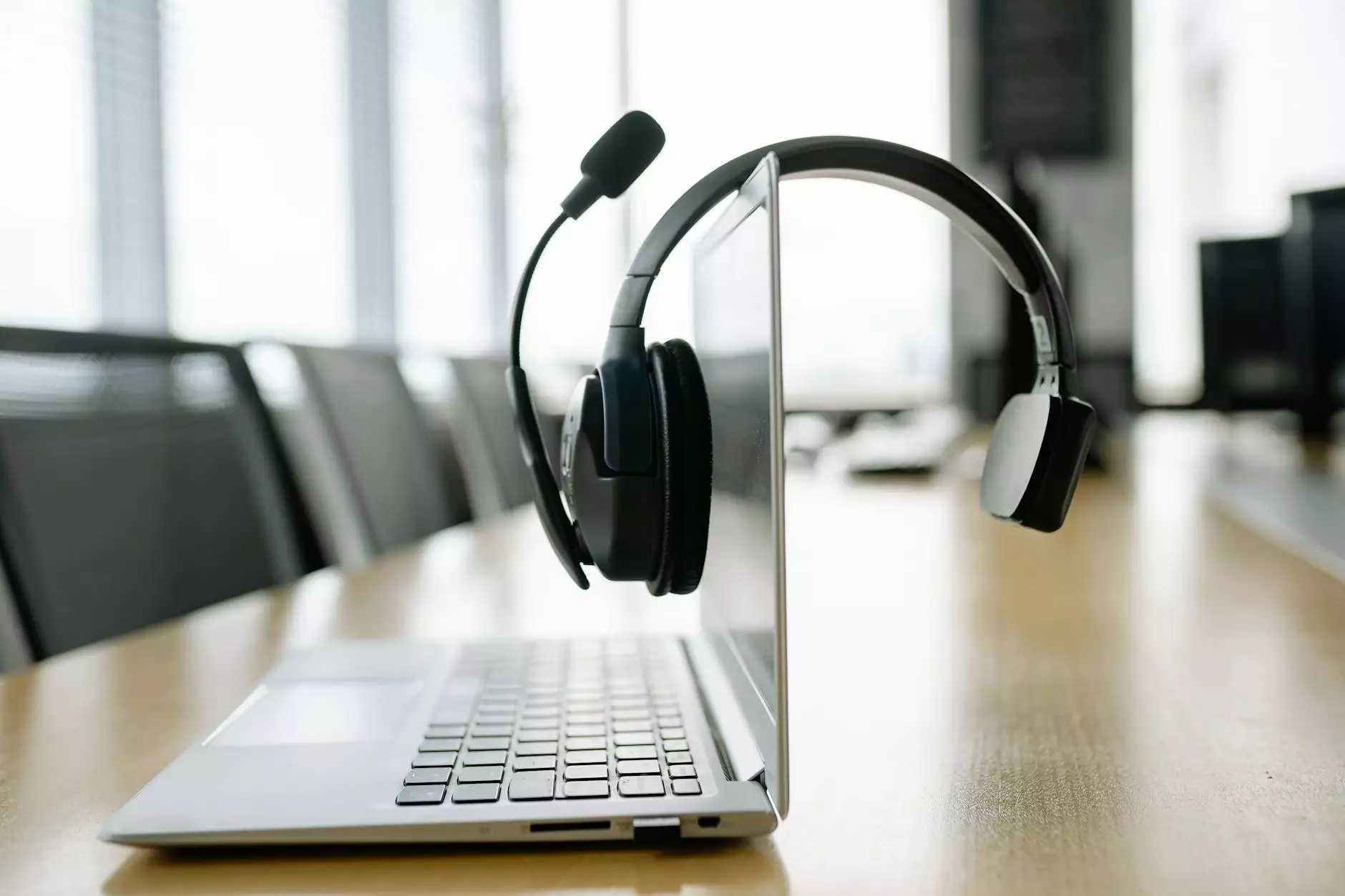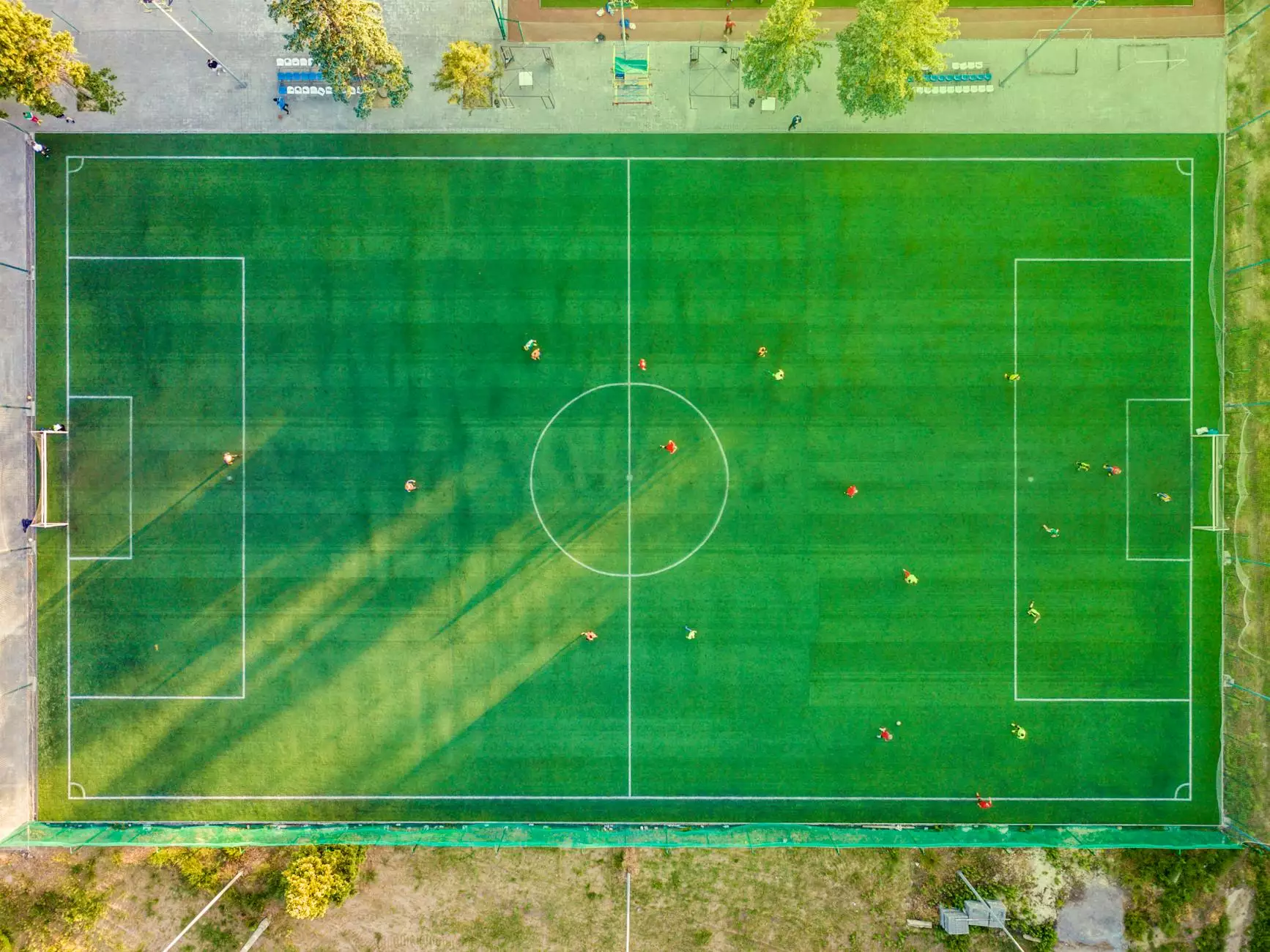Postnatal Pilates for Diastasis Recti: A Comprehensive Guide

In recent years, the focus on postnatal recovery has gained significant attention, especially concerning conditions such as diastasis recti. This separation of the abdominal muscles during pregnancy is a common concern for many new mothers. Engaging in postnatal pilates can be an effective strategy to rectify this condition and restore core strength. This article will explore the role of postnatal pilates in the recovery from diastasis recti, offering insights and valuable techniques for mothers seeking to regain their strength and confidence.
Understanding Diastasis Recti
Diastasis recti occurs when the rectus abdominis, the pair of parallel muscles in the front of the abdomen, separates. This often takes place during pregnancy due to the increasing size of the uterus, which puts pressure on the abdominal wall and stretches the tissue connecting the two sides of the abdominal muscle. Recognizing and addressing diastasis recti is critical, as it can lead to physical discomfort, affect posture, and challenge daily activities.
Symptoms of Diastasis Recti
New mothers should be aware of the following common symptoms associated with diastasis recti:
- Visible bulging or gap in the abdominal area.
- Lower back pain or discomfort.
- Difficulty with movements such as sit-ups or twisting motions.
- Urinary incontinence or other pelvic floor issues.
- Postural problems, often resulting from weakened core stability.
The Importance of Postnatal Exercise
Engaging in postnatal exercise is crucial for recovery. It helps strengthen core muscles, improve posture, and increase overall body awareness. Among the various exercise modalities, pilates stands out due to its focus on core strength and alignment, making it particularly beneficial for women recovering from diastasis recti.
Benefits of Postnatal Pilates for Diastasis Recti
Postnatal pilates offers numerous benefits for women experiencing diastasis recti:
- Strengthening Core Muscles: Pilates exercises specifically target the deep core muscles, helping close the gap in diastasis recti.
- Improving Posture: Pilates emphasizes spinal alignment, which can counteract postural changes that occur during pregnancy.
- Enhancing Flexibility: Regular pilates practice increases flexibility and promotes better muscle control.
- Building Mind-Body Connection: The focus on breath and movement fosters a deeper connection between mind and body, enhancing recovery.
- Encouraging Safe Movement Patterns: Pilates teaches proper movement techniques, reducing the risk of injury during daily activities.
Getting Started with Postnatal Pilates
Before embarking on a postnatal pilates journey, it is advisable for mothers to consult healthcare professionals for personalized advice. Once cleared for exercise, here are some effective steps to begin:
1. Consult a Professional
Seek guidance from a trained pilates instructor or a physical therapist specializing in postnatal recovery. They can provide tailored exercises and ensure proper techniques are followed to avoid exacerbating diastasis recti.
2. Start Slow
Begin with gentle movements focusing on breathing and basic core activation. Avoid high-impact exercises initially to give your body time to adjust and heal.
3. Focus on Core Awareness
Learn to engage your core muscles properly. Exercises like pelvic tilts and deep belly breathing are foundational to safely activate the core.
4. Gradually Increase Intensity
As strength improves, gradually incorporate more complex exercises that promote muscle engagement without placing excessive strain on the abdominal walls.
Essential Pilates Exercises for Diastasis Recti
Here are some effective pilates exercises recommended for postpartum women dealing with diastasis recti:
1. Pelvic Tilts
This simple exercise helps engage the core and promotes pelvic stability. Keep your knees bent and feet flat on the floor. Gently tilt your pelvis towards the floor, flattening your lower back, then release. Repeat several times.
2. Respiratory Diaphragm Exercise
Practice deep breathing to expand your rib cage and engage your core muscles. Inhale deeply while allowing your stomach to relax, and exhale slowly while drawing your belly button towards your spine.
3. The Bridge
This exercise strengthens the glutes and hamstrings while engaging the core. Lie on your back with knees bent and feet hip-width apart. Lift your hips towards the ceiling, forming a straight line from your shoulders to your knees, then lower back down.
4. Side Lying Leg Lifts
Supporting the muscles around the core and hips, side-lying leg lifts help improve muscle strength. Lie on your side with your legs straight, lift the top leg while engaging your core, then lower it back down.
5. Modified Plank
As strength builds, moving towards a modified plank position can further activate the core. Start on your hands and knees, keeping your core engaged and back straight. Hold for a few seconds while breathing deeply.
Common Mistakes to Avoid
While practicing postnatal pilates, it’s essential to avoid certain common mistakes that could hinder recovery:
- Ignoring Pain: If you experience pain beyond normal discomfort, stop the exercise and seek professional guidance.
- Rushing Progression: Allow your body the time it needs to heal. Avoid jumping into advanced exercises too quickly.
- Neglecting Core Engagement: Always focus on engaging your core during exercises to maximize effectiveness and protect your back.
Incorporating Pilates into a Holistic Recovery Plan
Postnatal pilates should be part of a comprehensive recovery plan that includes nutrition, hydration, and adequate rest. Coupling pilates with these elements will enhance overall wellbeing and support the healing process.
1. Nutrition for Recovery
Consume a balanced diet rich in proteins, healthy fats, and carbohydrates to support muscle repair and energy levels during the postpartum phase.
2. Hydration
Staying hydrated is essential for recovery. Ensure adequate fluid intake to maintain optimal bodily functions and support breast milk production if breastfeeding.
3. Mental Wellness
Recognize the importance of mental health during the postpartum period. Engaging in activities that promote relaxation, such as meditation and yoga, can complement physical recovery efforts.
Seeking Professional Help
It's beneficial to work with professionals, such as physiotherapists or certified pilates instructors, who can guide you through personalized programs tailored to your unique needs. Programs offered by reputable clinics like Hello Physio focus on holistic recovery processes and provide expert advice for postpartum women.
Final Thoughts
Postnatal pilates is a powerful tool for women recovering from diastasis recti. It offers a safe and effective way to restore core strength, improve posture, and promote overall physical wellbeing. By incorporating mindfulness, proper technique, and professional support, new mothers can navigate their recovery journey with confidence and care.
Remember, every woman’s experience is unique, and it’s essential to listen to your body throughout the recovery process. With commitment and the right approach, you can regain strength, restore your confidence, and embrace motherhood fully.
postnatal pilates diastasis recti


